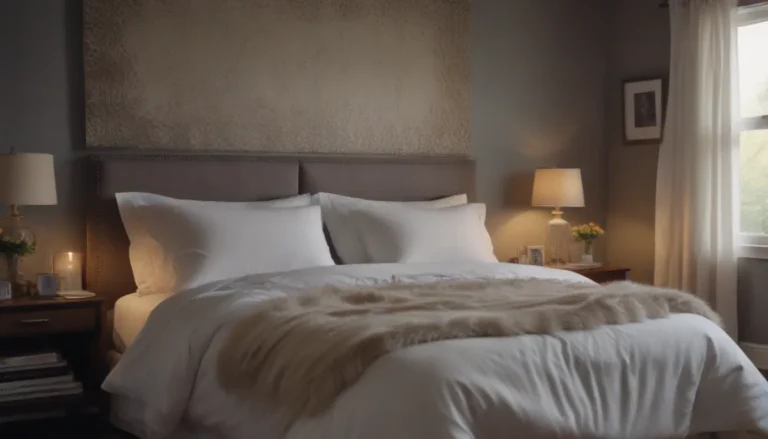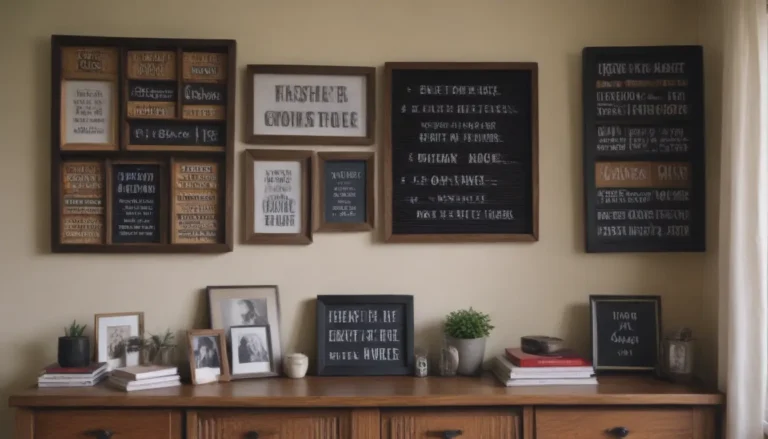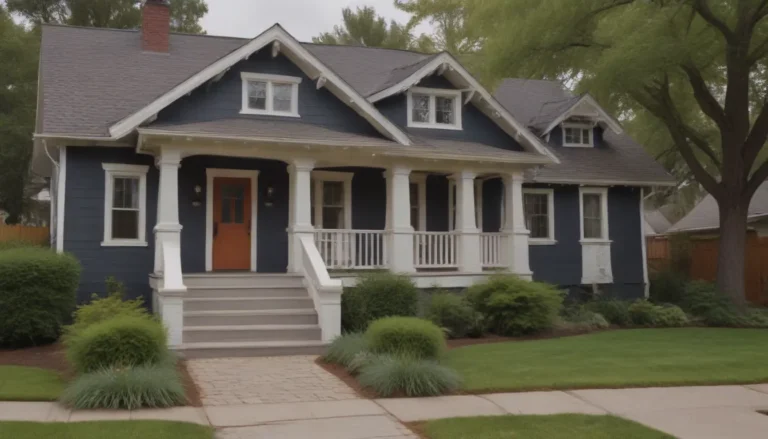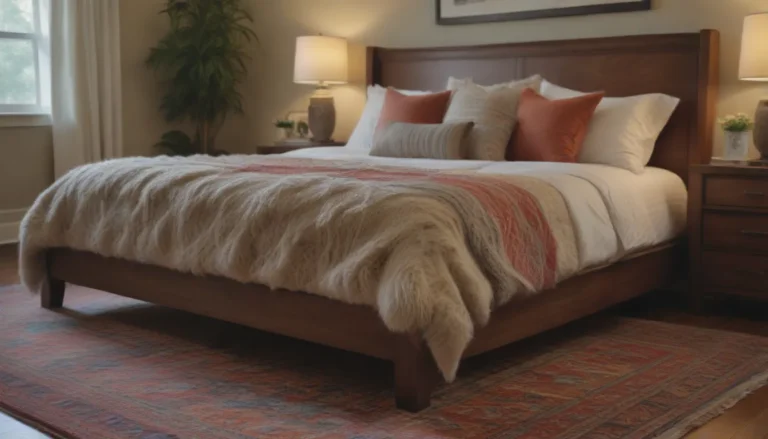Understand the Causes of Carpet Buckling and How to Fix It

If you’ve ever noticed ripples or waves in your wall-to-wall carpet, you may be familiar with the frustration that comes with a buckling carpet. This phenomenon, also known as wrinkling or stretching, can detract from the appearance of your home and create tripping hazards. But fear not! By understanding the causes of carpet buckling and taking appropriate measures, you can prevent and remedy this common issue.
Humidity: A Common Culprit
One of the primary reasons why carpet may buckle is humidity. In areas with four-season climates, such as during the summer months, humidity levels can fluctuate significantly. High humidity can cause moisture to penetrate the carpet, leading to swelling and buckling. While minor buckling may resolve on its own as humidity levels normalize, severe cases may require intervention to eliminate ripples.
To combat humidity-induced carpet buckling, consider running your air conditioning during the summer or using a dehumidifier to extract moisture from the air and carpet.
Heavy Furniture and Dragging
Another common cause of carpet buckling is the improper movement of heavy furniture across its surface. When heavy items are dragged, they exert pressure on the carpet, causing it to stretch and ripple. To avoid this issue, take proper precautions when moving furniture:
- Lift heavy items whenever possible to prevent dragging.
- If lifting is not feasible, use two sturdy plywood sheets to “walk” the item across the carpet.
- By distributing the weight across the plywood, you can prevent buckling and damage to your carpet.
Installation Errors and Underpadding
Improper installation of carpet can also lead to buckling. During installation, carpets should be stretched tightly and secured with tack strips along the edges. If carpets are not stretched adequately, they may loosen and ripple over time. Using the correct underpad is equally crucial to prevent buckling, as an insufficiently dense pad can allow the carpet to flex too much.
If you suspect that installation errors or underpadding issues are causing your carpet to buckle, consult a professional for assessment and correction.
Delamination and Wet Carpet
Delamination, a phenomenon where the secondary backing detaches from the primary backing due to adhesive breakdown, can also result in carpet buckling. This issue may arise from excessive moisture, such as flooding or improper steam cleaning, that weakens the carpet structure. In such cases, professional intervention may be necessary to address delamination and prevent further buckling.
To avoid wet carpet-induced buckling, opt for professional carpet cleaning services rather than DIY methods to mitigate the risk of overwetting.
Resolution: Restretching Your Carpet
If you find that your carpet has buckled, it’s essential to address the issue promptly to prevent worsening ripples and creases. Professional carpet restretching services can rectify buckling and restore your carpet’s appearance. While the cost of restretching may vary based on the severity of the buckling and additional necessary repairs, it’s a worthwhile investment to maintain the longevity and aesthetics of your carpet.
If the buckling is localized and not near seams or posts, you may attempt a DIY re-stretch following proper guidelines to alleviate minor buckling issues.
In conclusion, understanding the causes of carpet buckling and implementing preventive measures can help you maintain a smooth and visually appealing carpet surface. By addressing humidity, avoiding heavy furniture dragging, ensuring proper installation and underpadding, mitigating delamination risks, and promptly addressing buckling with restretching, you can keep your carpet looking its best for years to come. Remember, a well-maintained carpet not only enhances your home’s aesthetics but also contributes to a safer and more comfortable living environment.





